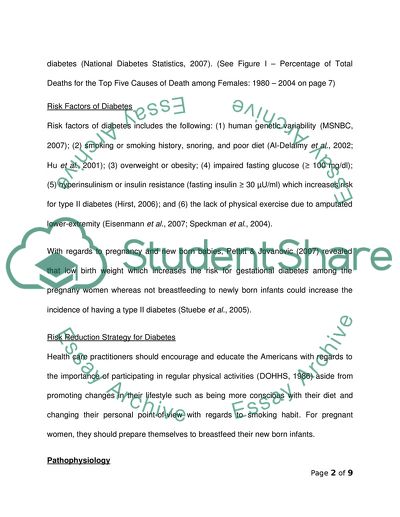Cite this document
(“Nursing Care Plan - Diabetes Case Study Example | Topics and Well Written Essays - 1000 words”, n.d.)
Retrieved from https://studentshare.org/health-sciences-medicine/1557645-diabetes
Retrieved from https://studentshare.org/health-sciences-medicine/1557645-diabetes
(Nursing Care Plan - Diabetes Case Study Example | Topics and Well Written Essays - 1000 Words)
https://studentshare.org/health-sciences-medicine/1557645-diabetes.
https://studentshare.org/health-sciences-medicine/1557645-diabetes.
“Nursing Care Plan - Diabetes Case Study Example | Topics and Well Written Essays - 1000 Words”, n.d. https://studentshare.org/health-sciences-medicine/1557645-diabetes.


